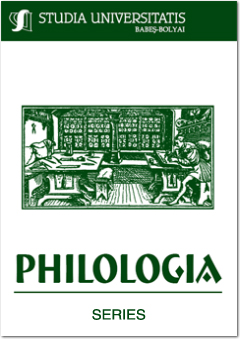DEATH REPRESENTATION IN LITERATURE. CULTURAL ILLUSIONS AND THEORETICAL PRINCIPLES
DEATH REPRESENTATION IN LITERATURE. CULTURAL ILLUSIONS AND THEORETICAL PRINCIPLES
Author(s): Adriana TeodorescuSubject(s): Language and Literature Studies
Published by: Studia Universitatis Babes-Bolyai
Keywords: death; literature; cultural illusion; representation; mimesis; semiosis; language.
Summary/Abstract: Death Representation in Literature. Cultural Illusions and Theoretical Principles. Our study focuses on exploring the main aspects of death representation in literature as a simultaneous socio-cultural and aesthetic process, and on highlighting the existing close relationship between, on the one hand, the cultural illusion of transcendency or relativity of power and reality of death and, on the other hand, the major theoretical principles under which literature is or has been viewed. Based on current literature theorists, we define literary representation as an average between mimesis and semiosis and we examine the impact of this fact on death as object of representation. We discuss about language as a primary literary instrument as being remoteness from death, as well as a thanatic form par excellence. We also analyze critically several theories and perspectives of literary representation in general, theories and perspectives built on the literature-death binomial, pointing out that, generally speaking, there are two significant orientations of interpretation – of excessive vitality and death surplusage, detecting the cultural illusions they extend. The last chapter takes into account death status and functons in literature, aiming, among other things, to reveal some prejudices and stereotypes concerning the two orientations.
Journal: Studia Universitatis Babes-Bolyai - Philologia
- Issue Year: 57/2012
- Issue No: 4
- Page Range: 5-22
- Page Count: 18
- Language: English

